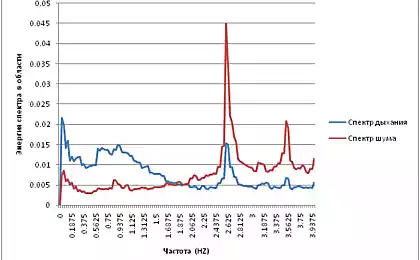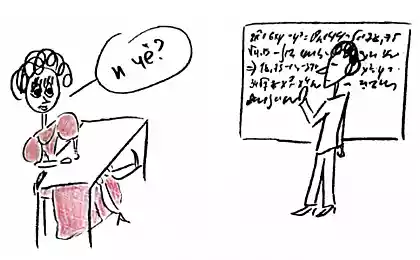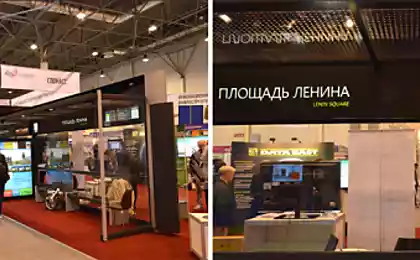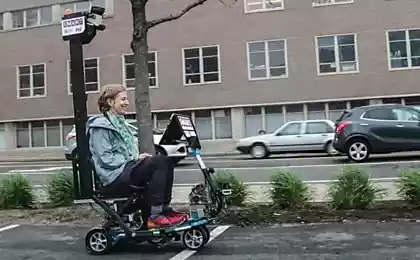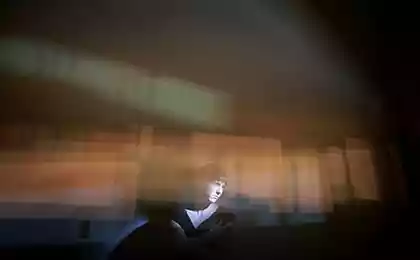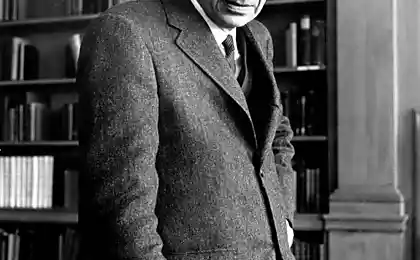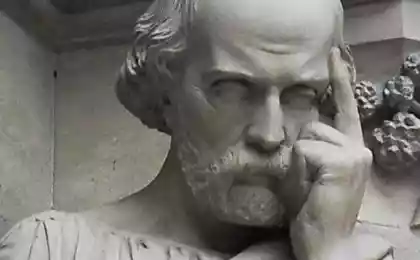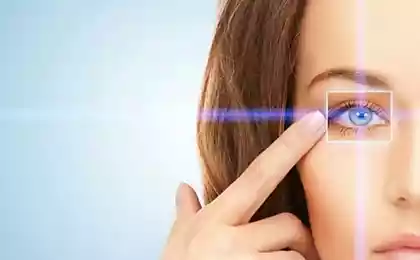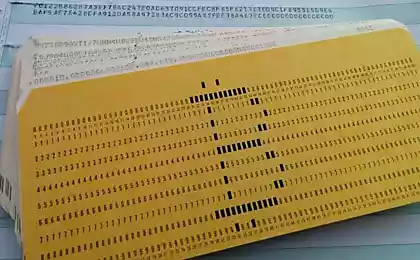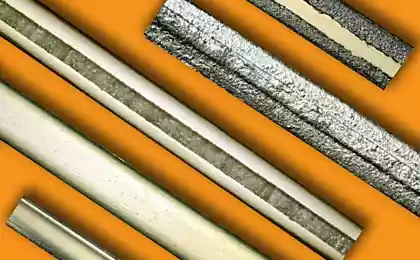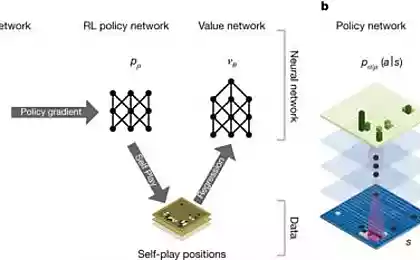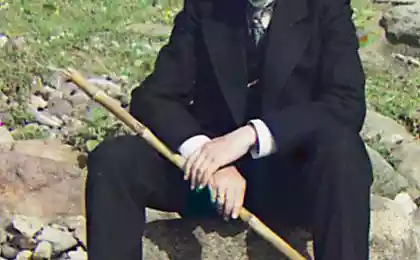1023
The MIT have developed an algorithm that removes from photos reflection in windows
1,670,789
If you come to the window and try to take a picture through the glass, it will be difficult to avoid the reflection of his own figure. Waste facility will be more noticeable than the dark space outside. Professional photographers solve this problem, summing up the camera lens right up against the glass and applying a variety of other methods, for example, polarizing filters. But there are often available only "eye" of the smartphone, or the ability to shoot is limited, and with the presence of reflections to put up. Researchers at MIT have found an algorithmic solution to this problem.
The algorithm will be presented in June at the Conference on Computer Vision and Pattern Recognition (Computer Vision and Pattern Recognition), but now доступны some of the details. For work the fact that the reflections are repeated several times because of the structure of windows. On the basis of this principle in a wide variety of cases, automatic cleaning is performed digital photos.
According to the first author of Yichang Shi (YiChang Shih), in Boston for heat retention in the cold season often used double-glazed windows. Therefore, usually we have two reflections from each of the glasses. But this does not means that the algorithm will only work for the double windows, one thick glass also gives two reflections, one from the inner side of the second from outside. Without providing details of the second reflection task it is to remove unnecessary elements almost unsolvable, because the result is the sum of the image photos outside and reflections in the glass. If A + B = C, then A and B to recover only to C it will not be possible.
The second reflection gives the necessary information to correct the image. The values of individual pixels of reflections have approximately the same, and it's easier to find the right solution, but their number still remains high. To select the desired Shi and other co-author - professor of computer science and computer engineering Fredo Durand and Bill Freeman (work supervisors) and Dilip Krishnan (PhD, who now works at Google Research) - was added to the algorithm the expectation that as a reflection, so and removable views have statistical regularities that are called natural image.
It is assumed that in the unmodified graphic representations of the outside world at the level of groups of pixels sharp color changes are rare, and if they occur, the precise boundaries. If some pixels represent a boundary between the blue and red object, expected that on one side of the picture will have a blue tint, and the other - the red. In the field of computer vision is usually implemented by the principle of the gradient, which characterizes each block of pixels on a common direction and intensity of the color change process. However, Shi and his colleagues found that this technique, in this case does not work too well.
88,648,914
Therefore Daniel Freeman Zoran from the group and Yair Weiss of Hebrew University of Jerusalem have created an algorithm that splits the image into groups of 8 × 8 pixel blocks. For each of the groups were analyzed using 50 thousand. Training images, and on the basis of the data was obtained reliable way to distinguish reflections from the image of the window. To test Shi and his colleagues performed a Google search and photo hosting Flickr, asking questions of the form "problems with reflection in the window in the photo." After elimination of the results, which were not in the images, 197 images were collected. Of these 96 cases, the shift between the two images was wide enough to load the algorithm.
Professor of Electrical Engineering at the Technion Israel Yoav Shehner said that attempts to remove these unwanted elements in photos taken before, but some of the methods used by only one reflection. The problem becomes much more complicated, and success was only partial, automated way to separate reflection from the restored image was not. Work Shi is a breakthrough on several fronts. Shehner believes that over time, if the algorithm is finalized, it will be able to get into the common package of digital photography processing and computer vision algorithms to help in robots. The researchers did not report on the possibility of removing the image of the reflection of the photographer, but, probably, it is possible to use. The latter may be interested in law enforcement and voyeuristic.
The algorithm will be presented in June at a conference in Boston Computer Vision and Pattern Recognition.
Pictures: Массачусетский Institute of Technology . sub>
Source: geektimes.ru/post/250678/
If you come to the window and try to take a picture through the glass, it will be difficult to avoid the reflection of his own figure. Waste facility will be more noticeable than the dark space outside. Professional photographers solve this problem, summing up the camera lens right up against the glass and applying a variety of other methods, for example, polarizing filters. But there are often available only "eye" of the smartphone, or the ability to shoot is limited, and with the presence of reflections to put up. Researchers at MIT have found an algorithmic solution to this problem.
The algorithm will be presented in June at the Conference on Computer Vision and Pattern Recognition (Computer Vision and Pattern Recognition), but now доступны some of the details. For work the fact that the reflections are repeated several times because of the structure of windows. On the basis of this principle in a wide variety of cases, automatic cleaning is performed digital photos.
According to the first author of Yichang Shi (YiChang Shih), in Boston for heat retention in the cold season often used double-glazed windows. Therefore, usually we have two reflections from each of the glasses. But this does not means that the algorithm will only work for the double windows, one thick glass also gives two reflections, one from the inner side of the second from outside. Without providing details of the second reflection task it is to remove unnecessary elements almost unsolvable, because the result is the sum of the image photos outside and reflections in the glass. If A + B = C, then A and B to recover only to C it will not be possible.
The second reflection gives the necessary information to correct the image. The values of individual pixels of reflections have approximately the same, and it's easier to find the right solution, but their number still remains high. To select the desired Shi and other co-author - professor of computer science and computer engineering Fredo Durand and Bill Freeman (work supervisors) and Dilip Krishnan (PhD, who now works at Google Research) - was added to the algorithm the expectation that as a reflection, so and removable views have statistical regularities that are called natural image.
It is assumed that in the unmodified graphic representations of the outside world at the level of groups of pixels sharp color changes are rare, and if they occur, the precise boundaries. If some pixels represent a boundary between the blue and red object, expected that on one side of the picture will have a blue tint, and the other - the red. In the field of computer vision is usually implemented by the principle of the gradient, which characterizes each block of pixels on a common direction and intensity of the color change process. However, Shi and his colleagues found that this technique, in this case does not work too well.
88,648,914
Therefore Daniel Freeman Zoran from the group and Yair Weiss of Hebrew University of Jerusalem have created an algorithm that splits the image into groups of 8 × 8 pixel blocks. For each of the groups were analyzed using 50 thousand. Training images, and on the basis of the data was obtained reliable way to distinguish reflections from the image of the window. To test Shi and his colleagues performed a Google search and photo hosting Flickr, asking questions of the form "problems with reflection in the window in the photo." After elimination of the results, which were not in the images, 197 images were collected. Of these 96 cases, the shift between the two images was wide enough to load the algorithm.
Professor of Electrical Engineering at the Technion Israel Yoav Shehner said that attempts to remove these unwanted elements in photos taken before, but some of the methods used by only one reflection. The problem becomes much more complicated, and success was only partial, automated way to separate reflection from the restored image was not. Work Shi is a breakthrough on several fronts. Shehner believes that over time, if the algorithm is finalized, it will be able to get into the common package of digital photography processing and computer vision algorithms to help in robots. The researchers did not report on the possibility of removing the image of the reflection of the photographer, but, probably, it is possible to use. The latter may be interested in law enforcement and voyeuristic.
The algorithm will be presented in June at a conference in Boston Computer Vision and Pattern Recognition.
Pictures: Массачусетский Institute of Technology . sub>
Source: geektimes.ru/post/250678/
